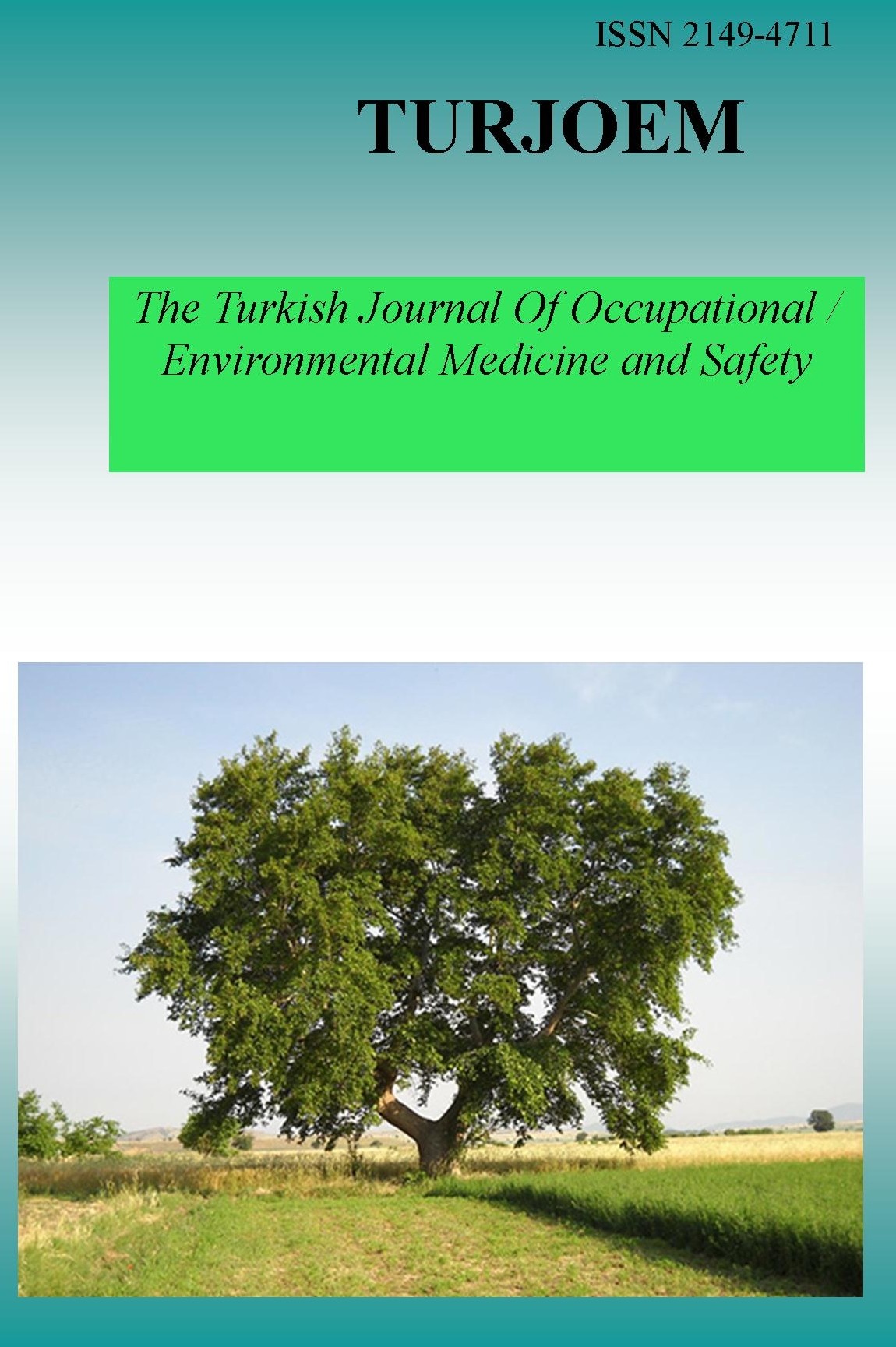Water Decontamination Using Nanotechnology
Water Decontamination Using Nanotechnology
Treatment processes for wastewater
and drinking water have still the vital importance globally. Water-borne
diseases have the great impact all around the world. Innovative water
technologies with high efficiency are needed. Advance water technologies to
reduce energy consumption are also required for developing countries. There are
four major classes of pollutants for the drinking and ground water included
physical, chemical, biological and radiological. Bacteria, viruses, parasites,
pesticides, organic and inorganic chemicals are the major causes of water
contamination. Nanoscale materials especially nanoparticles and nanocolloids
started to play a significant role in health and environmental processes.
Although nanoscale materials are less than 1,000 nm in size, they are usually
defined as organic or inorganic materials with at least one dimension of less
than 100 nm. Due to their large surface to volume ratio, these materials have
unique surface properties which make them attractive in many areas. In
addition, their surface is modifiable with different kind of materials such as
polymers and metals. These coating materials which carry functional groups
enable them to react with target molecules. Nanotubes, nanoparticles, catalytic
membranes, nanopowder and granules are the nanoscale materials that used to
decontaminate the water. Nanoscale zero valent iron was used to remove the
arsenic and hexavalent chromium from drinking water and contaminated
groundwater with the supporting material of activated carbon and carboxymethyl
cellulose, respectively. Fe3O4 iron oxide nanoparticles were also used to
remove the arsenic from the water. The size effect of these particles has been
tested and compared each other. The results showed that 12 nm of nanoparticles
in size were capable of achieving 99% removal of arsenic where the 300 nm of
nanoparticles in size were only reached the 25% removal. Nanometallic silver nanoparticles
were also used to remove the E.coli from the contaminated water.
___
- Lütfiye TUTKUN
Bozok University, Faculty of Medicine, Department of Medical Biochemistry, Yozgat, TURKEY
